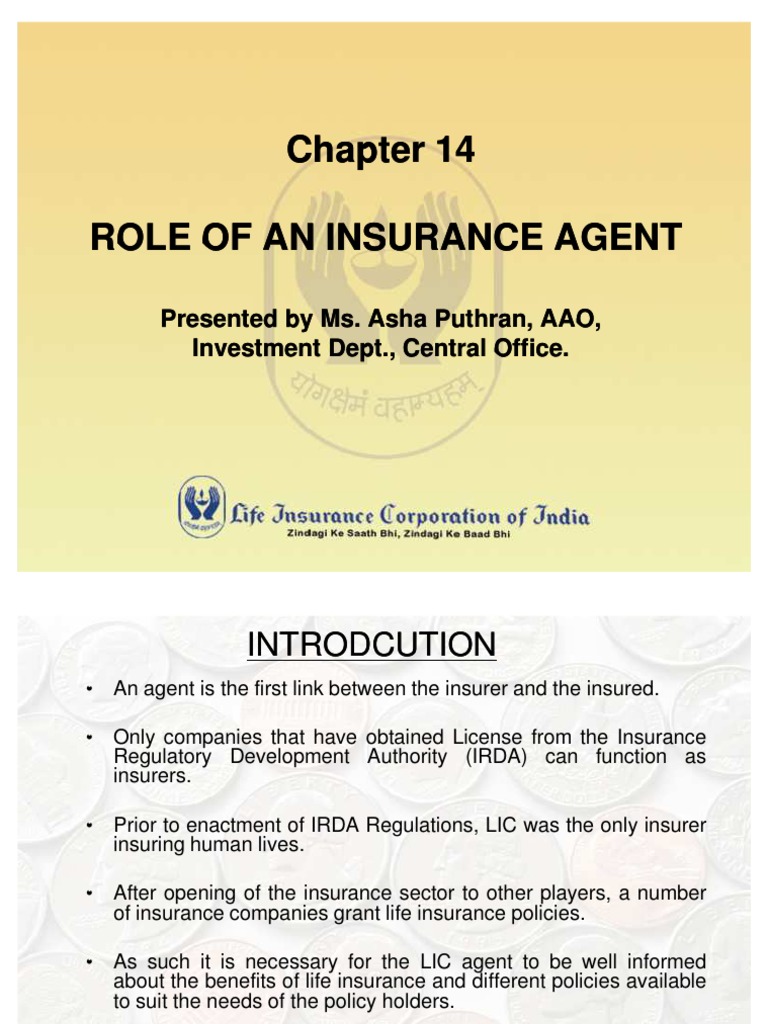Pacific Prime Can Be Fun For Everyone
Pacific Prime Can Be Fun For Everyone
Blog Article
Unknown Facts About Pacific Prime
Table of ContentsGetting My Pacific Prime To WorkPacific Prime for DummiesThe Best Guide To Pacific PrimeFacts About Pacific Prime Revealed3 Easy Facts About Pacific Prime Explained

This is due to the fact that the information were gathered for a duration of strong financial efficiency. Of the estimated 42 million individuals who were without insurance, just about regarding 420,000 (concerning 1 percent) were under 65 years old, the age at which most Americans come to be eligible for Medicare; 32 million were adults in between ages 18 and 65, around 19 percent of all adults in this age; and 10 million were youngsters under 18 years old, about 13.9 percent of all kids (Mills, 2000).
These price quotes of the variety of persons uninsured are produced from the yearly March Supplement to the Existing Populace Survey (CPS), conducted by the Census Bureau. Unless otherwise kept in mind, nationwide price quotes of people without medical insurance and percentages of the population with different type of coverage are based upon the CPS, one of the most commonly utilized resource of estimates of insurance coverage and uninsurance rates.
The Best Strategy To Use For Pacific Prime

Still, the CPS is particularly helpful because it produces yearly quotes fairly swiftly, reporting the previous year's insurance protection approximates each September, and since it is the basis for a consistent collection of price quotes for greater than twenty years, enabling analysis of fads in insurance coverage over time. For these factors, in addition to the substantial use the CPS in various other studies of insurance policy coverage that are presented in this record, we rely upon CPS estimates, with constraints noted.

The price quote of the number of uninsured individuals broadens when a population's insurance policy condition is tracked for numerous years. Over a three-year period starting early in 1993, 72 million people, 29 percent of the united state population, lacked protection for at least one month. Within a solitary year (1994 ), 53 million people experienced a minimum of a month without insurance coverage (Bennefield, 1998a)
Six out of every ten without insurance adults are themselves used. Although functioning does improve the likelihood that a person and one's family participants will have insurance coverage, it is not a warranty. Also members of family members with two you could try these out permanent breadwinner have virtually a one-in-ten possibility of being without insurance (9.1 percent uninsured price) (Hoffman and Pohl, 2000).
The Definitive Guide to Pacific Prime
New immigrants represent a substantial percentage of individuals without health and wellness insurance. One evaluation has attributed a substantial portion of the current development in the size of the united state without insurance population to immigrants that arrived in the nation between 1994 and 1998 (Camarota and Edwards, 2000). Current immigrants (those that came to the USA within the past four years) do have a high rate of being uninsured (46 percent), however they and their youngsters make up simply 6 percent of those without insurance nationally (Holahan et al., 2001).
The connection in between wellness insurance policy and accessibility to care is well developed, as recorded later on in this phase. Although the partnership in between medical insurance and health outcomes is neither direct nor easy, a substantial professional and wellness solutions study literary works web links health insurance protection to improved access to care, better high quality, and boosted personal and population health and wellness condition.
Degrees of analysis for examining the results of uninsurance. This conversation of medical insurance protection focuses largely on the united state population under age 65 due to the fact that essentially all Americans 65 and older have Medicare or other public insurance coverage. Moreover, it focuses especially on those with no medical insurance for any size of time.
Little Known Facts About Pacific Prime.
The issues dealt with by the underinsured are in some areas similar to those faced by the without insurance, although they are normally less extreme. Health and wellness insurance coverage, however, is neither essential neither sufficient to obtain accessibility to medical services. The independent and straight impact of health and wellness insurance protection on accessibility to health and wellness services is well established.
Others will get the health and wellness care they need also without health and wellness insurance coverage, by paying for it out of pocket or seeking it from carriers that supply treatment totally free or at highly subsidized prices. For still others, medical insurance alone does not guarantee receipt of treatment due to the fact that of various other nonfinancial barriers, such as an absence of health care providers in their area, restricted access to transportation, illiteracy, or linguistic and cultural distinctions.
What Does Pacific Prime Do?
Formal research study about uninsured populaces in the USA dates to the late 1920s and very early 1930s when the Board on the Price of Medical Care produced a series of records concerning funding physician office sees and hospital stays. This issue became prominent as the varieties of clinically indigent climbed throughout the Great Clinical depression.
Report this page